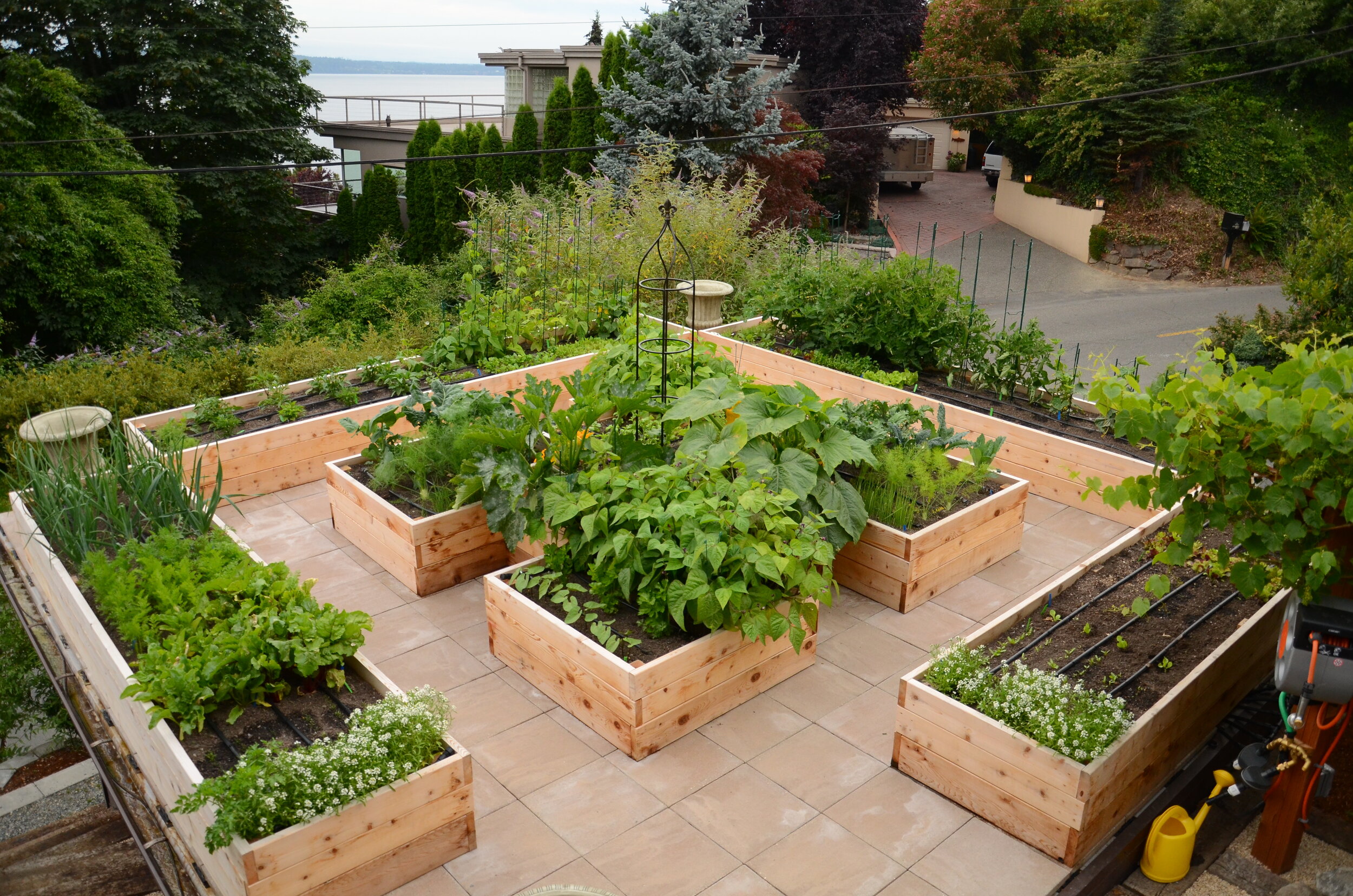

Articles
Why A Raised Garden Bed
Modified: January 6, 2024
Discover the benefits of using a raised garden bed for your gardening needs. Grow healthy plants easily and maximize your gardening space.
(Many of the links in this article redirect to a specific reviewed product. Your purchase of these products through affiliate links helps to generate commission for Storables.com, at no extra cost. Learn more)
Introduction
A raised garden bed is a popular and practical solution for gardeners of all skill levels. It offers numerous benefits over traditional in-ground gardens and has gained popularity in recent years. Whether you have a spacious backyard or a small balcony, a raised garden bed can be an excellent addition to your gardening endeavors.
So, why should you consider a raised garden bed? In this article, we will explore the various advantages that come with using raised garden beds. From improved soil quality to better water management, there are plenty of reasons why gardening enthusiasts are opting for this elevated gardening method.
Whether you are a seasoned gardener or just getting started, a raised garden bed can provide you with the perfect platform to grow your plants, vegetables, and herbs. Let’s dive into the benefits of raised garden beds and discover why they are becoming an increasingly popular choice among gardening enthusiasts.
Key Takeaways:
- Raised garden beds offer improved soil quality, better drainage, and accessibility, making gardening more efficient and enjoyable for individuals of all skill levels. They provide a versatile and customizable solution for creating thriving gardens.
- By utilizing raised garden beds, gardeners can extend the growing season, explore creative design options, and maintain a sustainable and eco-friendly approach to gardening. The benefits of raised beds contribute to healthier plants and bountiful harvests.
Read more: What Is A Raised Garden Bed
Benefits of Raised Garden Beds
Raised garden beds offer a range of advantages that can greatly enhance your gardening experience. Here are some of the key benefits:
- Improved Soil Quality: One of the significant benefits of raised garden beds is the ability to control and optimize the quality of the soil. You have the freedom to choose the soil mix that best suits your plants’ needs, ensuring optimal nutrition and drainage. Raised beds also tend to have less compaction, allowing plant roots to penetrate deeper and access nutrients more easily.
- Better Drainage and Water Management: Raised garden beds typically have better drainage compared to traditional gardens. The elevated design allows excess water to flow away, preventing waterlogged soil and root rot. Additionally, you have more control over watering, as raised beds can be irrigated efficiently without water wastage.
- Weed and Pest Control: Raised garden beds offer better protection against weeds and pests. The raised structure creates a natural barrier, making it more difficult for weeds to infiltrate. Furthermore, by filling the bed with quality soil, you reduce the presence of weed seeds. As for pests, the elevated height makes it easier to monitor and control infestations.
- Accessibility and Ease of Use: One of the major advantages of raised garden beds is their accessibility. The elevated height reduces the need to bend or kneel, making it more comfortable for gardeners with mobility issues or those who prefer to minimize strain on their back and knees. Additionally, the compact size of raised beds allows for easy reach and maintenance from all sides.
- Extended Growing Season: Raised garden beds can extend your growing season, especially in colder climates. The soil in raised beds tends to warm up faster in the spring, allowing you to start planting earlier. Additionally, you can use protective covers or cloches to shield the plants from winter frost, enabling you to enjoy fresh produce for a more extended period.
- Creative Design Options: Raised garden beds offer endless design possibilities. You can customize the shape, size, and height to suit your preferences and available space. This flexibility allows you to create visually appealing garden arrangements, making your outdoor space more aesthetically pleasing.
By utilizing raised garden beds, you can take advantage of these benefits to create a thriving and productive garden. Whether you have limited space, poor soil quality, or physical limitations, raised beds offer a practical solution to overcome these challenges.
Improved Soil Quality
One of the significant advantages of using raised garden beds is the opportunity to improve the quality of the soil. In traditional in-ground gardens, the native soil composition can vary significantly, making it difficult to provide the ideal growing conditions for plants. However, with raised garden beds, you have complete control over the soil mix you use, allowing you to create the perfect environment for your plants to thrive.
When constructing a raised garden bed, you can choose a soil mix specifically tailored to the type of plants you plan to grow. This soil mix can consist of a combination of topsoil, compost, and other organic matter. By customizing the soil, you can ensure that it contains the necessary nutrients and drainage properties that will promote healthy plant growth.
Another advantage of raised garden beds is the reduced risk of soil compaction. In traditional gardens, foot traffic and heavy machinery can compact the soil, making it harder for plant roots to penetrate and access the nutrients they need. However, in raised beds, the soil remains loose and friable, allowing roots to spread easily and absorb nutrients more effectively.
Moreover, raised beds often require less tilling, as the soil is contained within the bed structure. This minimizes disturbance to the soil structure and preserves its natural composition. Over time, the soil in a raised bed can develop a more stable and fertile ecosystem, promoting beneficial microorganisms and earthworm activity.
Adding organic matter, such as compost, to the soil in raised garden beds can further enhance its quality. Organic matter improves soil structure, increases water-holding capacity, and provides a slow release of nutrients to plants. By regularly incorporating compost into your raised beds, you can enrich the soil and create a thriving environment for your plants.
By utilizing raised garden beds, you have the ability to create an optimal soil environment for your plants. This results in healthier and more productive growth, ultimately leading to a bountiful harvest of vegetables, herbs, and flowers.
Better Drainage and Water Management
Proper drainage and effective water management are crucial factors in maintaining healthy plants. Raised garden beds excel in this aspect, providing better drainage and allowing for efficient water management compared to traditional in-ground gardens.
Due to their elevated structure, raised garden beds facilitate improved drainage. Excess water can drain freely from the soil, preventing waterlogged conditions that can suffocate plant roots and lead to rot. This is especially beneficial in areas with heavy rainfall or soils that have poor natural drainage.
When constructing a raised garden bed, it’s essential to pay attention to the depth and placement of drainage materials. Adding a layer of gravel or small rocks at the bottom of the bed can help enhance drainage by creating a space for excess water to flow away from the plant roots.
Furthermore, raised beds allow for efficient water management. Watering can be done with precision, targeting the root zone of the plants without wasting water. The soil in raised beds tends to retain moisture better, reducing the frequency of watering while still providing adequate hydration for the plants.
Watering systems such as drip irrigation or soaker hoses can be easily installed in raised garden beds, further enhancing water efficiency. These systems ensure that water is delivered directly to the root zone, minimizing water loss through evaporation or runoff. Additionally, mulching the soil surface in raised beds can help retain moisture, reducing the amount of water needed to keep your plants healthy and hydrated.
In areas with limited access to water, raised garden beds can be a sustainable solution. By using self-watering systems or collecting rainwater, you can minimize your water consumption while keeping your garden thriving.
Better drainage and improved water management in raised garden beds not only benefit the plants but also reduce the risk of overwatering and related issues such as root rot and fungal diseases. This allows you to maintain healthier plants and minimize the use of chemicals for pest and disease control.
Overall, raised garden beds provide an efficient and effective solution for achieving optimal drainage and water management in your garden. By implementing these measures, you can create a healthy growing environment for your plants and conserve water resources in the process.
Weed and Pest Control
Keeping weeds and pests under control is a common challenge for gardeners, but raised garden beds offer distinct advantages in weed and pest management compared to traditional gardens.
One of the benefits of raised garden beds is the natural barrier they create against weeds. The raised structure makes it more difficult for weeds to infiltrate the soil, reducing the competition for nutrients and sunlight. Additionally, when constructing a raised bed, you can add a layer of weed barrier fabric at the bottom to further inhibit weed growth from the soil below.
Another advantage of raised garden beds is the ability to fill them with high-quality soil, free from weed seeds. This eliminates the need to constantly battle with weeds popping up in your garden. By starting with a weed-free soil mix or applying weed-free compost, you can significantly reduce the weed population in your raised beds.
In terms of pest control, the elevated height of raised garden beds makes it easier to monitor and manage pests. You can easily spot signs of pest infestations, such as chewed leaves or insect activity, and take appropriate action before it escalates. Inspecting your plants regularly becomes more convenient, allowing you to detect and address pest problems early.
Encouraging beneficial insects and organisms in your raised beds can contribute to natural pest control. For example, attracting ladybugs, lacewings, and other predatory insects can help keep aphid populations in check. Additionally, incorporating companion plants that repel pests or attract beneficial insects can contribute to a more balanced and pest-resistant garden ecosystem.
Physical barriers, such as floating row covers or netting, can be easily installed over raised beds to protect plants from pests like birds or rabbits. This prevents damage and allows your plants to thrive without constant pest interference. In the case of larger pests like deer or groundhogs, raised garden beds can be fenced off to create a more secure enclosure.
Raised garden beds also offer the advantage of easy access for manual pest control methods. You can quickly and efficiently remove pests by hand or use eco-friendly pest control methods, such as spraying with insecticidal soap or applying organic pest deterrents.
By utilizing raised garden beds, you can reduce weed competition and implement effective pest control measures. This not only helps to maintain the health and productivity of your plants but also reduces the dependence on chemical pesticides, creating a more sustainable and eco-friendly gardening approach.
Read more: How To Start A Raised Bed Garden
Accessibility and Ease of Use
One of the most significant advantages of raised garden beds is the accessibility they provide to gardeners of all ages and abilities. The elevated height of raised beds offers several benefits in terms of ease of use and convenience.
For individuals with physical limitations or mobility issues, bending or kneeling for extended periods can be challenging. Raised garden beds eliminate the need for excessive bending, making gardening more accessible and enjoyable. The raised height allows for comfortable working conditions, reducing strain on the back, knees, and joints. This makes it easier for seniors or individuals with limited mobility to continue pursuing their passion for gardening.
Furthermore, the compact size of raised beds enables easy reach from all sides. You can access your plants, tend to them, and harvest the produce without having to step on the soil or risk damaging the plants. This accessibility allows for efficient gardening practices, saving time and energy in the process.
Organizing your garden tasks becomes more streamlined with raised beds. By dividing your garden into multiple raised beds, you can create designated areas for different types of plants or crop rotations. This organization makes it easier to manage and maintain your garden, as you can focus on specific sections at a time without the risk of trampling on other plants.
Using raised garden beds also helps to prevent soil erosion. The contained structure of the beds keeps soil in place, even during heavy rain or watering. This reduces the need for constant soil replenishment and ensures that your plants’ roots remain protected.
Additionally, raised beds can be customized to suit your needs and preferences. You can choose the dimensions and materials that work best for your space and aesthetics. For individuals with limited garden space, raised beds can be built in a vertical or tiered design, maximizing planting area while minimizing the footprint.
With raised garden beds, you have more control over the growing conditions, allowing you to optimize your gardening experience. You can amend the soil to suit your plants’ needs, monitor moisture levels more easily, and implement specific irrigation systems tailored to your raised beds. This level of control contributes to more successful plant growth and a higher yield of crops.
Overall, the accessibility and ease of use provided by raised garden beds make them an ideal choice for gardeners looking for a more convenient and comfortable gardening experience. Whether you have mobility challenges or simply want to streamline your gardening tasks, raised beds offer a practical solution that enhances both accessibility and enjoyment.
Extended Growing Season
One of the significant advantages of raised garden beds is their ability to extend the growing season, allowing you to enjoy fresh produce for a more extended period. This is particularly beneficial for gardeners in colder climates or regions with shorter growing seasons.
Raised garden beds warm up more quickly in the spring compared to the surrounding ground. The elevated structure absorbs and retains heat, helping to create a microclimate that is warmer than the surrounding soil. This means that you can start planting earlier in the season, giving your plants a head start and maximizing their growth potential.
The improved soil drainage in raised beds also contributes to earlier planting. Excess water can drain away more effectively, which prevents the soil from staying excessively wet and cold, delaying the planting process. The earlier you can get your plants in the ground, the more time they have to establish strong root systems and thrive.
Another way raised garden beds extend the growing season is through the use of protective covers and structures. With the raised height, it is easier to install row covers, cold frames, or mini-greenhouses to shield your plants from cold temperatures and frost. These covers create a warm and sheltered environment, enabling you to continue growing tender plants even when the weather turns cooler.
By utilizing season extension techniques, such as row covers or plastic tunnels, you can protect your plants from early frost in the fall. This extends the harvest season and allows you to continue enjoying fresh vegetables, herbs, and flowers well into the colder months.
In regions with mild winters, raised garden beds offer the opportunity for year-round gardening. By utilizing cold frames or hoop houses on the raised beds, you can cultivate cold-tolerant crops during the winter months. This allows you to maintain a continuous supply of fresh produce and keep your gardening pursuits active throughout the year.
Furthermore, raised beds provide an advantageous environment for using mulch. Applying a layer of organic mulch, such as straw or wood chips, helps insulate the soil, regulate temperature, and reduce evaporation. This additional insulation extends the growing season by keeping the soil warmer for a longer period, enabling the plants to thrive and produce for an extended timeframe.
Overall, the ability to extend the growing season is a significant benefit of raised garden beds. Whether it’s starting plants earlier in the spring, protecting them from early frost in the fall, or cultivating crops during the winter, raised beds provide the opportunity to maximize your garden’s productivity and enjoy fresh produce throughout the year.
Tip: Raised garden beds provide better drainage, warmer soil, and easier access for planting, weeding, and harvesting. They also help to prevent soil compaction and can be filled with high-quality soil for optimal plant growth.
Creative Design Options
One of the exciting aspects of using raised garden beds is the opportunity to unleash your creativity and create visually appealing garden designs. Raised beds offer endless design possibilities, allowing you to customize the shape, size, and arrangement to suit your preferences and available space.
With raised garden beds, you can experiment with various layouts and configurations. You can create straight or curved edges, incorporate unique geometric shapes, or even design multi-level raised beds for added dimension. The flexibility of the materials used for building raised beds, such as wood, stone, or metal, allows you to achieve different aesthetics and seamlessly integrate them into your outdoor space.
In addition to the shape and size, the height of the raised beds can also be adjusted to suit your needs and preferences. Higher beds can provide a more dramatic visual impact while offering easier accessibility for maintenance and harvesting. Lower beds, on the other hand, can be utilized for specific plants or as borders around other garden features, creating an interesting and diverse landscape.
Another creative aspect of raised garden beds is the ability to mix and match plantings. With individual raised beds, you can create distinct growing environments for different types of plants. This allows you to grow a diverse range of vegetables, herbs, flowers, or even create specialized themed gardens. For example, you can dedicate one raised bed exclusively for growing herbs for culinary use or create a vibrant flower bed bursting with a variety of colors.
Incorporating vertical gardening techniques within or alongside raised beds opens up even more design options. You can utilize trellises, arbors, or other vertical supports to grow climbing plants or create vertical accents within your garden space. This vertical element adds interest and maximizes the use of available space.
Furthermore, raised garden beds can be integrated into other landscaping features, such as pathways or seating areas. By strategically placing the raised beds, you can create a cohesive and harmonious outdoor space that is not only functional but also visually appealing.
Consider adding decorative elements to your raised garden beds, such as ornamental borders, colorful edging, or personalized signs. These small details can add charm and personality to your garden, making it a truly unique and inviting space.
Whether you have a small balcony or a spacious backyard, raised garden beds offer a canvas for your imagination. By exploring various design options, you can create a visually stunning garden that reflects your style and enhances the overall aesthetic appeal of your outdoor area.
Materials for Building Raised Garden Beds
When it comes to constructing raised garden beds, there are various materials to choose from, each offering different advantages and aesthetics. The choice of material depends on factors such as durability, cost, availability, and personal preference. Let’s explore some of the common materials used for building raised garden beds:
- Wood: Wood is a popular choice for raised garden beds due to its natural appearance, versatility, and ease of construction. Cedar, cypress, and redwood are commonly used for their durability and resistance to rot and decay. To ensure the longevity of wooden raised beds, it’s advisable to use untreated or naturally rot-resistant wood. However, if using pressure-treated wood, make sure it is labeled safe for use in gardens to avoid potential leaching of chemicals into the soil.
- Composite Materials: Composite materials, such as recycled plastic or wood-plastic composite (WPC), offer a durable and low-maintenance option for raised garden beds. These materials are resistant to rot, pests, and moisture, making them suitable for long-term outdoor use. Composite boards are available in various colors and textures, allowing for a customized and modern look in your garden.
- Stone or Bricks: Stone or bricks can create a beautiful and permanent raised bed structure. Natural stone, like limestone or flagstone, or manufactured stone blocks provide a rustic and timeless appearance. Bricks offer a classic look and are often used for raised bed edging or as a border around a larger raised bed. However, keep in mind that using stone or bricks may require more labor and expertise to construct compared to other materials.
- Metal: Metal raised garden beds, typically made of galvanized steel or aluminum, offer a sleek and modern design option. Metal beds are durable, resistant to rot and pests, and can withstand harsh weather conditions. They are often available in modular panels that can be easily assembled and disassembled. However, it’s important to choose metal beds with a protective coating to prevent corrosion and ensure food safety in edible gardens.
- Concrete Blocks: Concrete blocks provide a sturdy and long-lasting option for raised garden beds. They are readily available and easy to stack, creating a solid structure for your garden. Concrete blocks can be left as is for a minimalist look or painted to add a touch of color to your outdoor space. Keep in mind that concrete blocks may retain heat, which can affect the soil temperature in your raised bed.
- Recycled Materials: For those who prioritize sustainability, using recycled materials for raised garden beds is an excellent option. Reclaimed wood, salvaged bricks, or repurposed containers can be creatively transformed into functional and unique raised beds. Not only does this approach reduce waste, but it also adds character and a sense of environmental consciousness to your garden.
Regardless of the material you choose, make sure it is safe for use in gardening and does not contain toxic substances that can leach into the soil. Additionally, consider the dimensions and height of the raised bed to provide ample space for root development and ensure convenient access for maintenance and harvesting.
By selecting the right materials, you can create sturdy and visually appealing raised garden beds that enhance both the functionality and aesthetics of your garden.
Read more: What To Plant In A Raised Garden Bed
Choosing the Right Location
When planning to build a raised garden bed, selecting the right location is crucial for the overall success of your garden. The location you choose will directly impact the amount of sunlight, accessibility, and overall health and productivity of your plants. Here are some factors to consider when choosing the right location for your raised garden bed:
- Sunlight: Most vegetables, herbs, and flowers require a minimum of six hours of direct sunlight each day to thrive. Observe your outdoor space throughout the day to identify areas that receive adequate sunlight. Ideally, select a location with full sun exposure, away from large trees or buildings that may cast shadows and hinder sunlight access.
- Accessibility: Consider the proximity of your raised garden bed to your home and water source. Having the garden bed within easy reach will make it more convenient for daily maintenance tasks, such as watering, weeding, and harvesting. Additionally, ensure that there is easy access to tools and materials you may require while working in the garden.
- Soil Quality: Evaluate the quality of the soil in the potential location. Avoid areas with compacted or poorly draining soil, as these can hinder root growth and lead to waterlogged conditions. Raised garden beds offer the advantage of bypassing poor-quality soil by providing a controlled environment with specially prepared soil mixtures.
- Water Availability: Consider the proximity to a water source when choosing the location for your raised garden bed. Access to water is essential for watering your plants, especially during dry periods. If the location is far from a water source, ensure that you have a convenient method of irrigation, such as a nearby outdoor faucet or a rainwater collection system.
- Space and Expansion: Assess the available space and determine the appropriate size for your raised garden bed. Consider not only the current needs but also future expansion if desired. Leave adequate space between multiple raised beds or other garden elements to allow for easy movement and maintenance.
- Avoiding Hazards: Take into account any potential hazards in the area, such as underground utilities, tree roots, or overhanging structures. Ensure that the location is clear of any potential obstructions that may hinder the construction or growth of your raised garden bed.
- Aesthetics: Consider the visual aspect of your garden and how the raised bed will fit into the overall landscape design. Choose a location that complements the aesthetics of your outdoor space, whether it’s a backyard, balcony, or rooftop garden.
By carefully considering these factors, you can select the ideal location for your raised garden bed, setting the stage for a successful and rewarding gardening experience. Remember to regularly assess the conditions and make adjustments as necessary to ensure optimal growth and productivity for your plants.
Preparing the Area for a Raised Garden Bed
Preparing the area for your raised garden bed is an essential step to ensure a successful gardening experience. Proper preparation will create a suitable foundation for your raised bed and optimize the growing conditions for your plants. Here are some key steps to follow when preparing the area:
- Clear the Area: Start by clearing the designated area of any debris, rocks, weeds, or existing vegetation. Remove any grass by digging it up or using a sod cutter, ensuring that you remove the roots to prevent regrowth. This will provide a clean and blank canvas for your raised garden bed.
- Level the Ground: Use a rake or garden hoe to level the ground and remove any bumps or depressions. This will help ensure that your raised bed sits evenly and prevents any potential drainage issues.
- Improve the Soil: While raised garden beds provide an opportunity to bypass poor-quality soil, it’s still beneficial to improve the existing soil before filling the bed. Add organic matter, such as compost, well-rotted manure, or leaf mold, to the soil to enrich its fertility, improve drainage, and promote healthy root growth. Spread a layer of organic matter across the prepared area and work it into the top few inches of soil using a garden fork or tiller.
- Consider Weed Control: To minimize weed growth, you can consider laying down a weed barrier fabric over the cleared area before installing your raised garden bed. This will help suppress weed growth from the underlying soil, preventing them from invading your raised bed. Cut holes in the fabric where you plan to plant your crops to allow for proper root growth and access to the soil.
- Edging Options: Installing edging around the perimeter of your raised bed can help define its shape and prevent soil migration. You can use various materials for edging, such as landscaping timbers, concrete pavers, or stones. This will help maintain the integrity of your raised bed and add a polished look to your garden.
- Consider Irrigation: Evaluate your watering options and determine the most suitable irrigation method for your raised bed. This could include a soaker hose, drip irrigation system, or manual watering with a watering can. Install any necessary irrigation components before filling the raised bed with soil, ensuring that they are properly positioned and easily accessible for future maintenance.
By following these steps to prepare the area for your raised garden bed, you will create an optimal environment for your plants to thrive. Preparing the ground properly will provide a solid foundation for your raised bed, improve soil quality, and minimize weed and drainage issues.
Now that the area is ready, it’s time to move on to the construction and filling of your raised garden bed, bringing you one step closer to enjoying the benefits of fresh and bountiful harvests.
Building and Filling the Raised Garden Bed
Building and filling your raised garden bed is an exciting and crucial step in creating a thriving garden. By following these steps, you can construct a sturdy and productive raised bed and provide your plants with a nutrient-rich growing environment:
- Construct the Frame: Depending on the material you have chosen for your raised bed, assemble the frame according to the desired dimensions and design. Secure the corners and edges using appropriate fasteners or connectors. Ensure that the frame is level and square to maintain a stable structure.
- Line the Bed: To prevent soil from escaping through the gaps in the frame, line the inside of your raised bed with a weed barrier fabric. This will help retain the soil while still allowing for proper drainage.
- Add Drainage Material: If necessary, add a layer of gravel or small rocks at the bottom of the raised bed to improve drainage. This will prevent waterlogging and ensure optimal root health.
- Fill the Bed: Begin filling the raised bed with your chosen soil mixture. Aim for a balance of nutrient-rich topsoil and organic matter, such as compost or well-rotted manure. Mix the soil and organic matter thoroughly to ensure even distribution of nutrients.
- Level the Soil: Use a garden rake or leveler to evenly distribute and level the soil mixture within the raised bed. Ensure that the surface is smooth and uniform, providing an even planting area.
- Water the Bed: Before planting, thoroughly water the soil in the raised bed to settle it and provide initial moisture for the plants. This helps to ensure that the soil is evenly moist and ready for planting.
- Consider Raised Bed Covers: If desired, consider installing covers or protective structures over your raised garden bed. Row covers, netting, or homemade structures can offer protection from pests, harsh weather conditions, or even provide shade during intense heat.
With your raised garden bed built and filled, you are now ready to start planting. Remember to space your plants appropriately according to their recommended spacing guidelines. Consider companion planting to maximize space and benefit from plant associations that promote growth and minimize pests.
Regularly monitor the moisture levels in your raised bed and water as needed, ensuring that the plants receive adequate hydration. Mulch can be applied to conserve moisture, suppress weed growth, and regulate soil temperature within the raised bed.
As your plants grow, provide them with proper care, including regular watering, fertilization, and pest management. Enjoy the process of watching your plants flourish in their raised bed environment and look forward to a bountiful harvest of fresh, homegrown produce.
By following these steps and providing the necessary care, your raised garden bed will offer a productive and enjoyable gardening experience for seasons to come.
Maintaining and Caring for a Raised Garden Bed
Maintaining and caring for your raised garden bed is essential for the long-term health and productivity of your plants. By following these tips, you can ensure that your raised bed thrives and continues to provide you with a bountiful garden:
- Watering: Regular watering is crucial for the health of your plants in the raised bed. Monitor the moisture levels in the soil and water as needed, ensuring that the plants receive adequate hydration. It’s best to water deeply and thoroughly, allowing the water to penetrate the root zone.
- Weeding: Keep an eye out for weeds and promptly remove them from your raised bed. Regular weeding will prevent weed competition for moisture and nutrients, allowing your plants to grow unhindered. Use hand tools or a hoe to carefully remove weeds, being careful not to disturb the roots of your plants.
- Fertilizing: Maintain the fertility of your soil by regularly fertilizing your raised garden bed. Use organic fertilizers such as compost, well-rotted manure, or balanced organic granular fertilizers. Apply them according to the recommended dosage and frequency specified on the packaging or based on soil testing results.
- Mulching: Apply mulch around your plants to conserve moisture, suppress weeds, and regulate soil temperature. Use organic mulch such as straw, wood chips, or leaves. Spread a layer of mulch around the base of your plants, being careful to avoid direct contact with the stems to prevent rot.
- Pruning and Harvesting: Regularly prune your plants to remove dead or diseased foliage, encourage branching, and maintain air circulation. Harvest your crops at the appropriate time to ensure optimal taste and quality. Regularly harvesting fruits, vegetables, and herbs also encourages continued productivity.
- Pest and Disease Control: Monitor your raised bed for any signs of pests or diseases. Inspect your plants regularly, looking for chewed leaves, discolored foliage, or signs of insect activity. Remove any affected plants or treat them with appropriate organic pest control methods, such as insecticidal soap or organic sprays. Encourage beneficial insects and companion planting to deter pests naturally.
- Rotate Crops: Practice crop rotation by planting different types of crops in your raised bed each season. This helps prevent the buildup of pests and diseases that target specific plant families. Rotate crops annually so that plants from the same family are not planted in the same location for consecutive years.
- Regular Maintenance: Continually monitor the overall condition of your raised bed. Replace any damaged or rotting wood, tighten fasteners if necessary, and make any repairs as needed. Keep an eye out for soil settling and add additional soil if required to maintain the desired bed depth.
Remember to cultivate a deep connection with your garden by observing and responding to its needs. Regularly spend time in your raised bed, tending to your plants, and enjoying the fruits of your labor.
With proper care and maintenance, your raised garden bed will continue to provide you with the joy of gardening and abundant harvests for years to come. Embrace the rhythm of the seasons, adapt your practices as needed, and celebrate the rewards of your nurturing efforts.
Read more: How To Prepare A Raised Garden Bed
Conclusion
Using a raised garden bed is a fantastic way to cultivate a thriving and productive garden while enjoying numerous benefits. With improved soil quality, better drainage and water management, weed and pest control, accessibility and ease of use, extended growing seasons, creative design options, and the ability to choose from various materials, raised garden beds offer a versatile and efficient solution for gardeners of all levels of experience.
By taking advantage of these benefits, you can create an ideal environment for your plants to grow and flourish. The control over soil quality allows you to optimize the nutrition and drainage specific to your plants’ needs, resulting in healthier and more productive growth. Furthermore, the ease of maintenance and accessibility of raised garden beds make it a suitable option for individuals with limited mobility or space constraints.
Extending the growing season and exploring creative design options with raised garden beds provide opportunities to cultivate a diverse range of plants and unleash your creativity. The versatility of materials allows you to customize the appearance of your garden, adding both functionality and visual appeal to your outdoor space. The ability to choose the right location, prepare the area properly, and maintain your raised garden bed ensures optimal growing conditions and maximizes the potential for a successful garden.
As you build and care for your raised garden bed, remember to adapt to the changing needs of your plants, stay vigilant for pests and diseases, and practice proper watering, feeding, and maintenance techniques. Investing time and effort into tending to your raised bed garden will be rewarded with abundant harvests, beautiful blooms, and a sense of fulfillment.
So, whether you have a small balcony, a backyard, or a rooftop, consider the benefits of raised garden beds and embark on the journey of cultivating your own thriving and fruitful garden. Immerse yourself in the joy of gardening, connect with nature, and experience the satisfaction of growing your own food and creating a beautiful outdoor space that reflects your personal style and passion.
Frequently Asked Questions about Why A Raised Garden Bed
Was this page helpful?
At Storables.com, we guarantee accurate and reliable information. Our content, validated by Expert Board Contributors, is crafted following stringent Editorial Policies. We're committed to providing you with well-researched, expert-backed insights for all your informational needs.
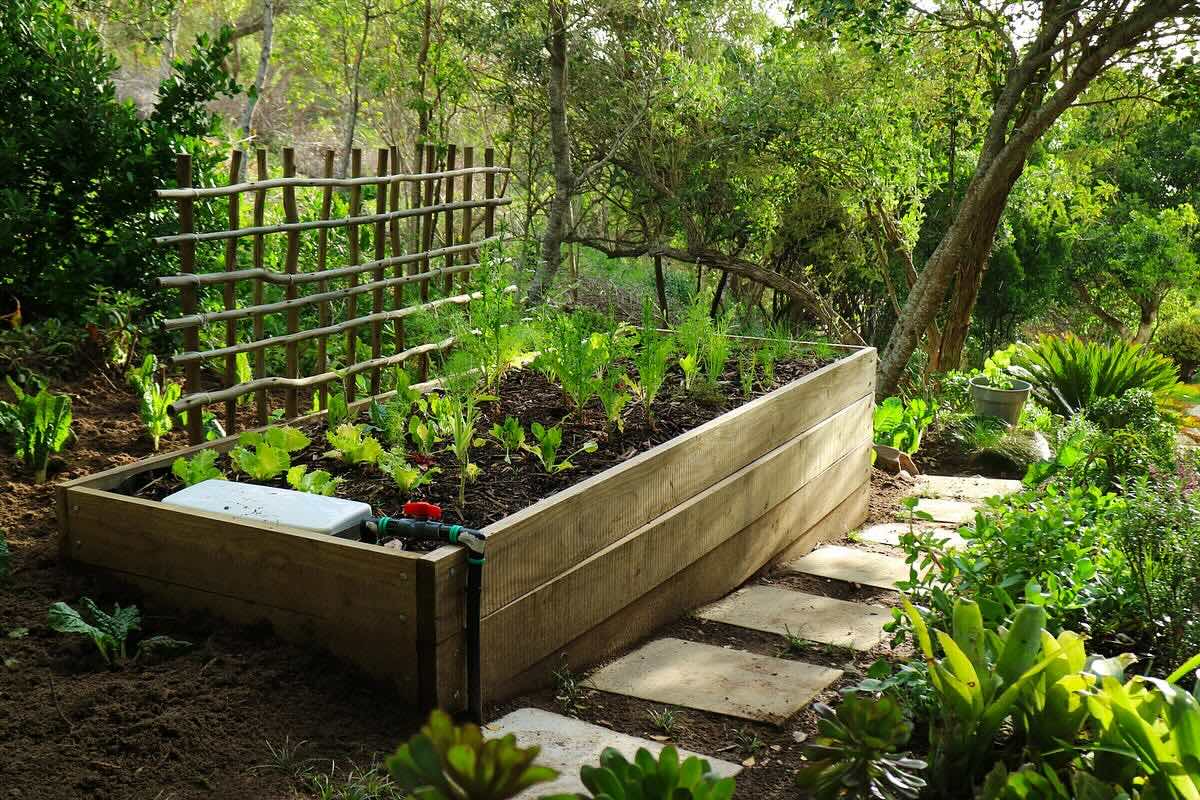
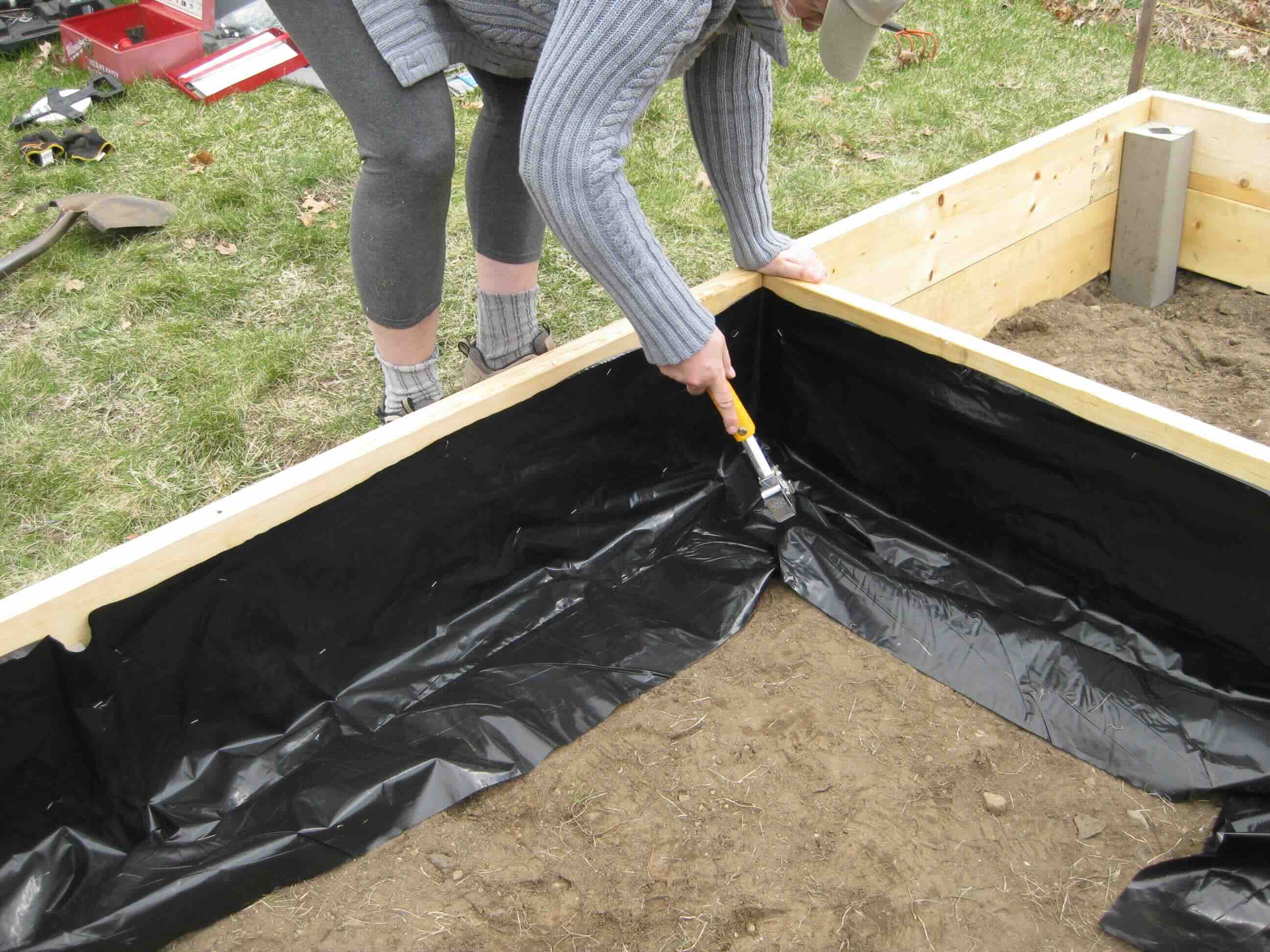
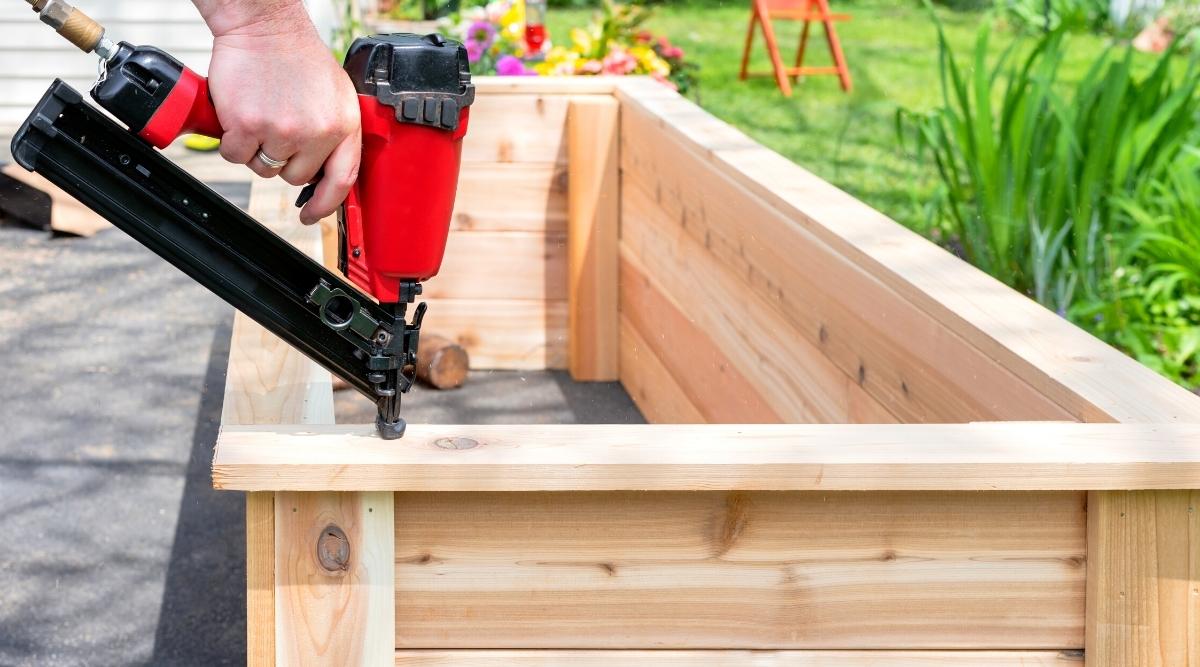
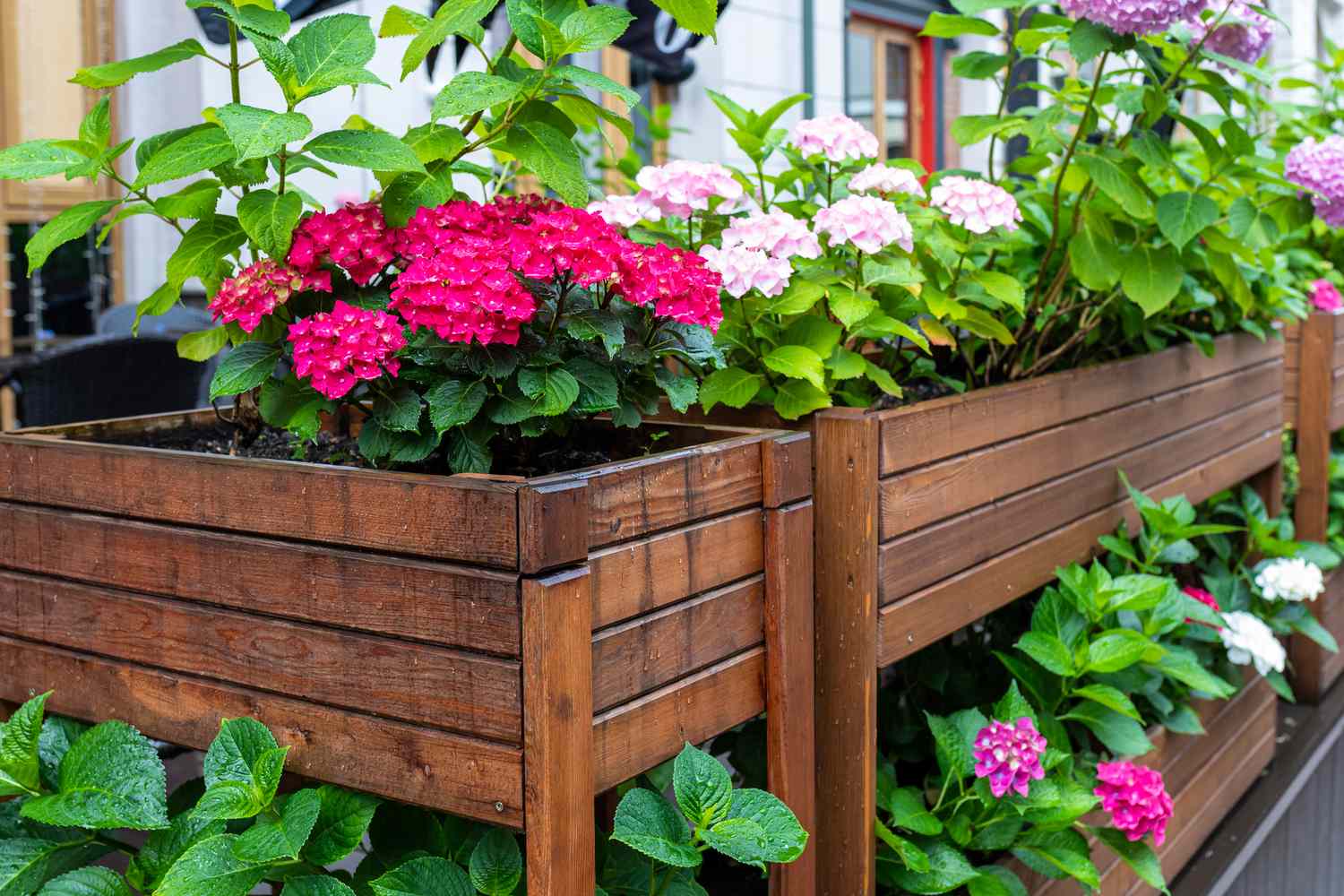
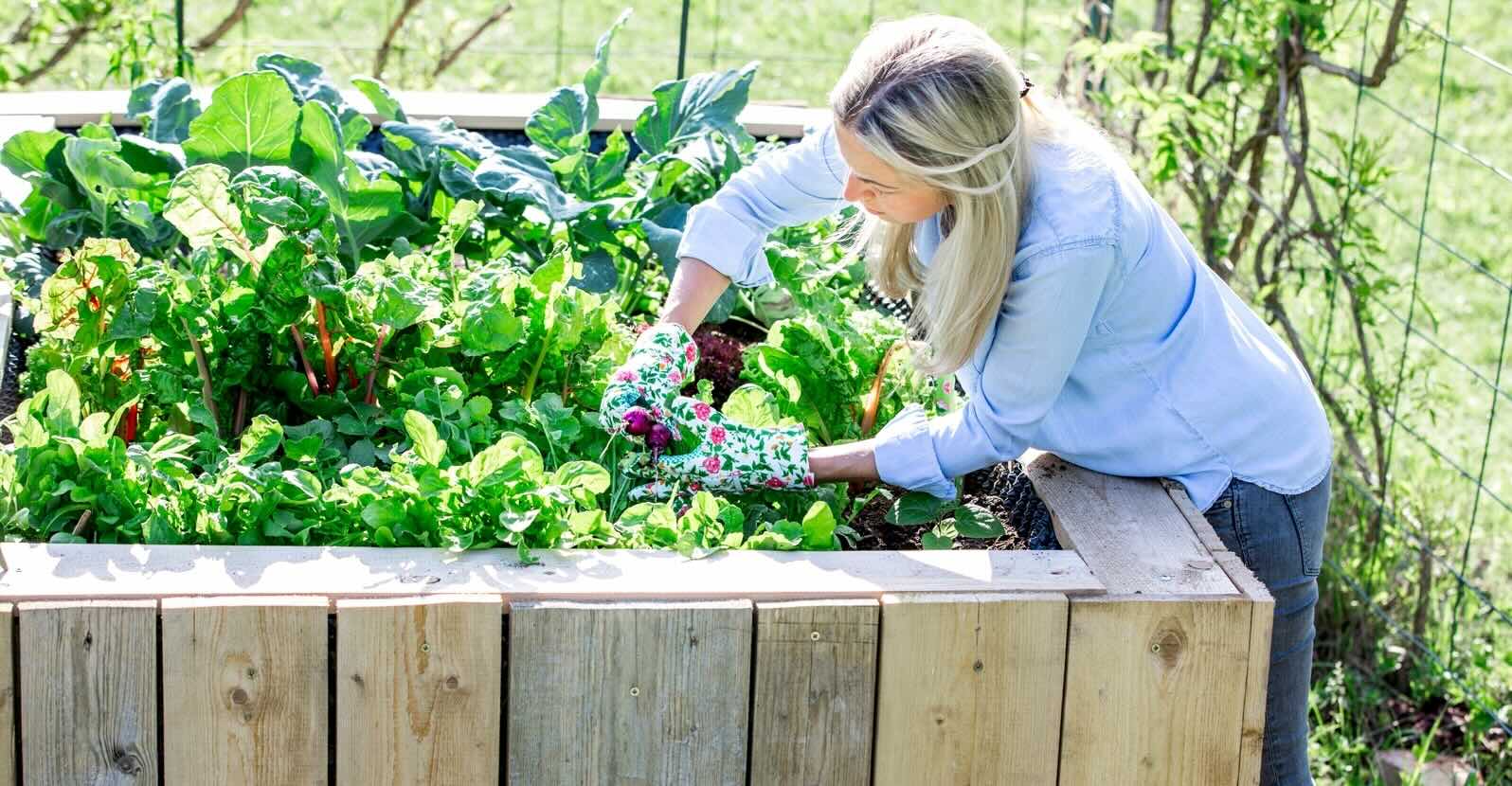

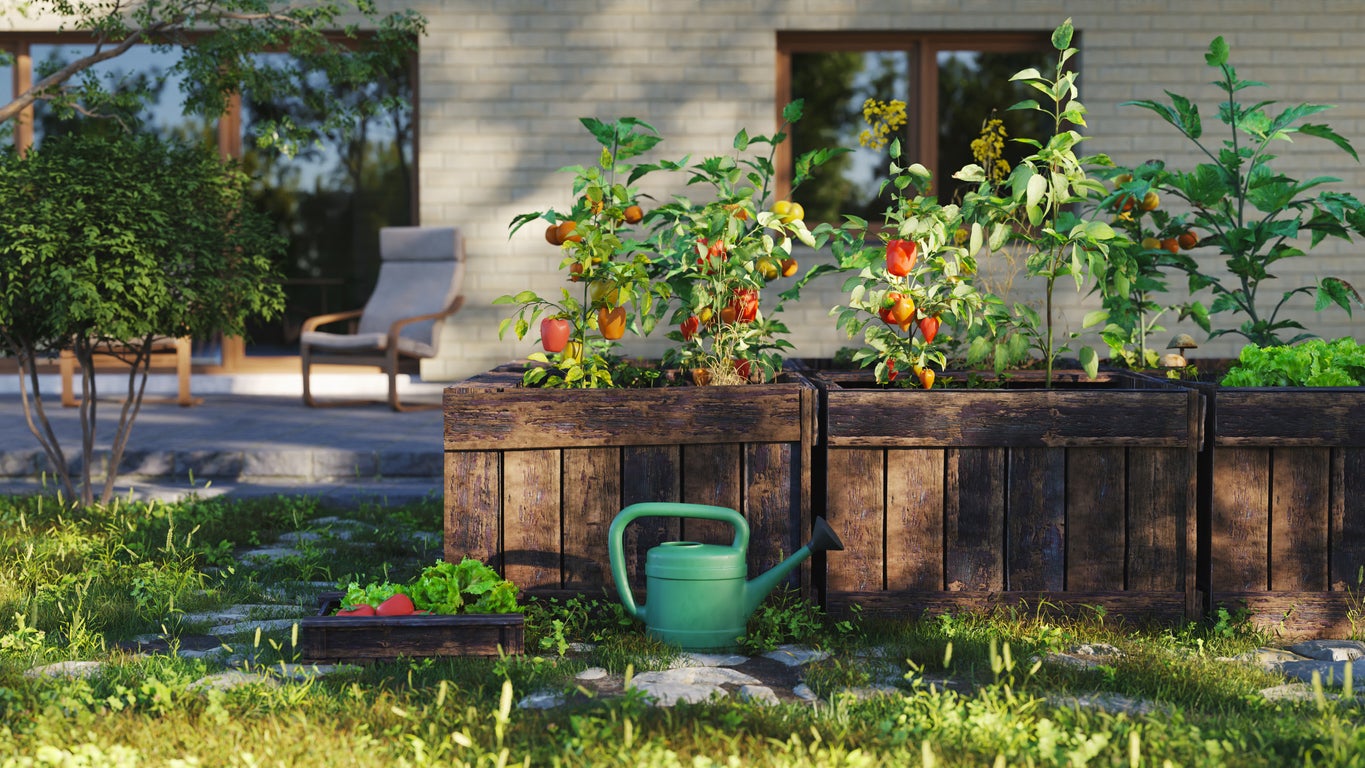
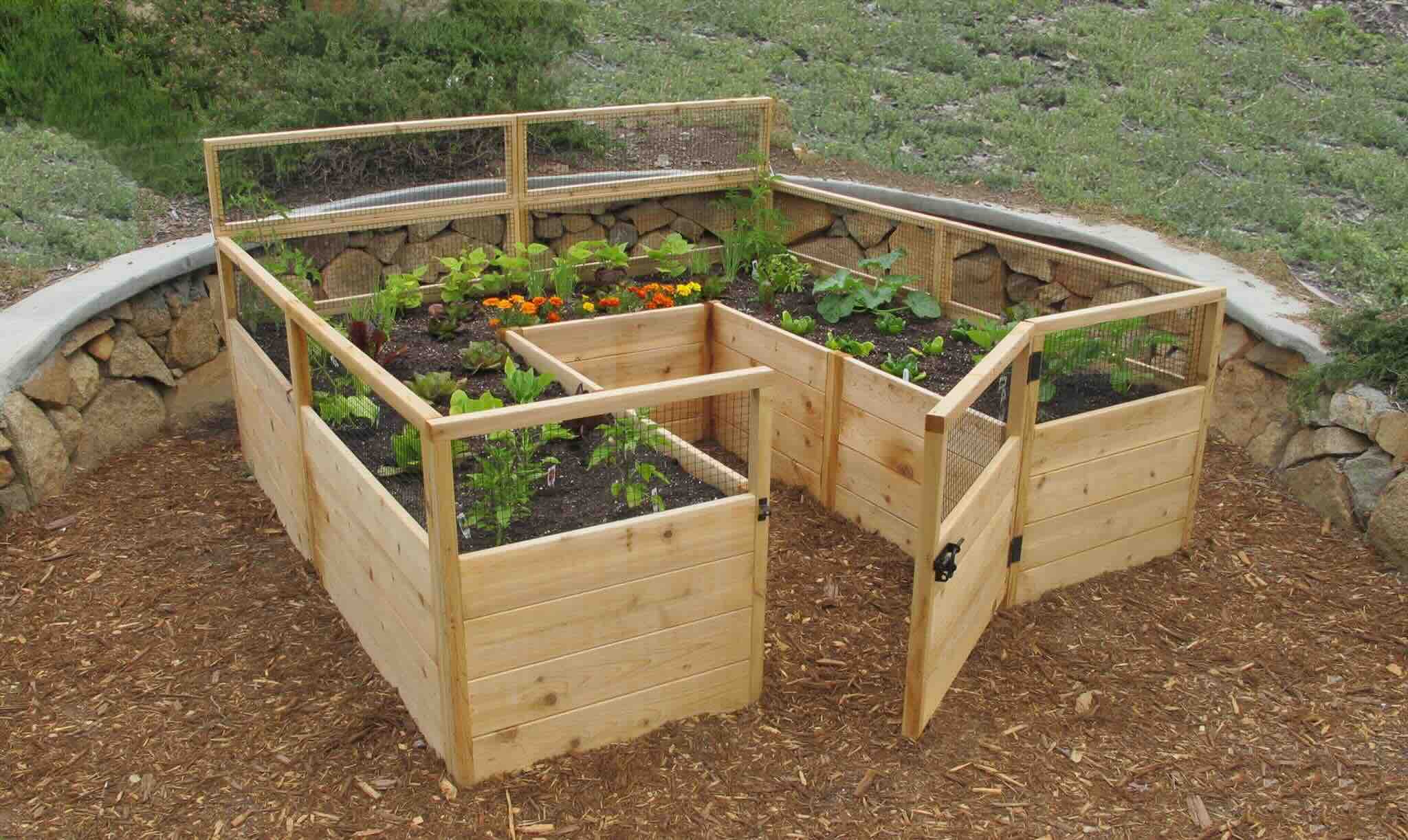
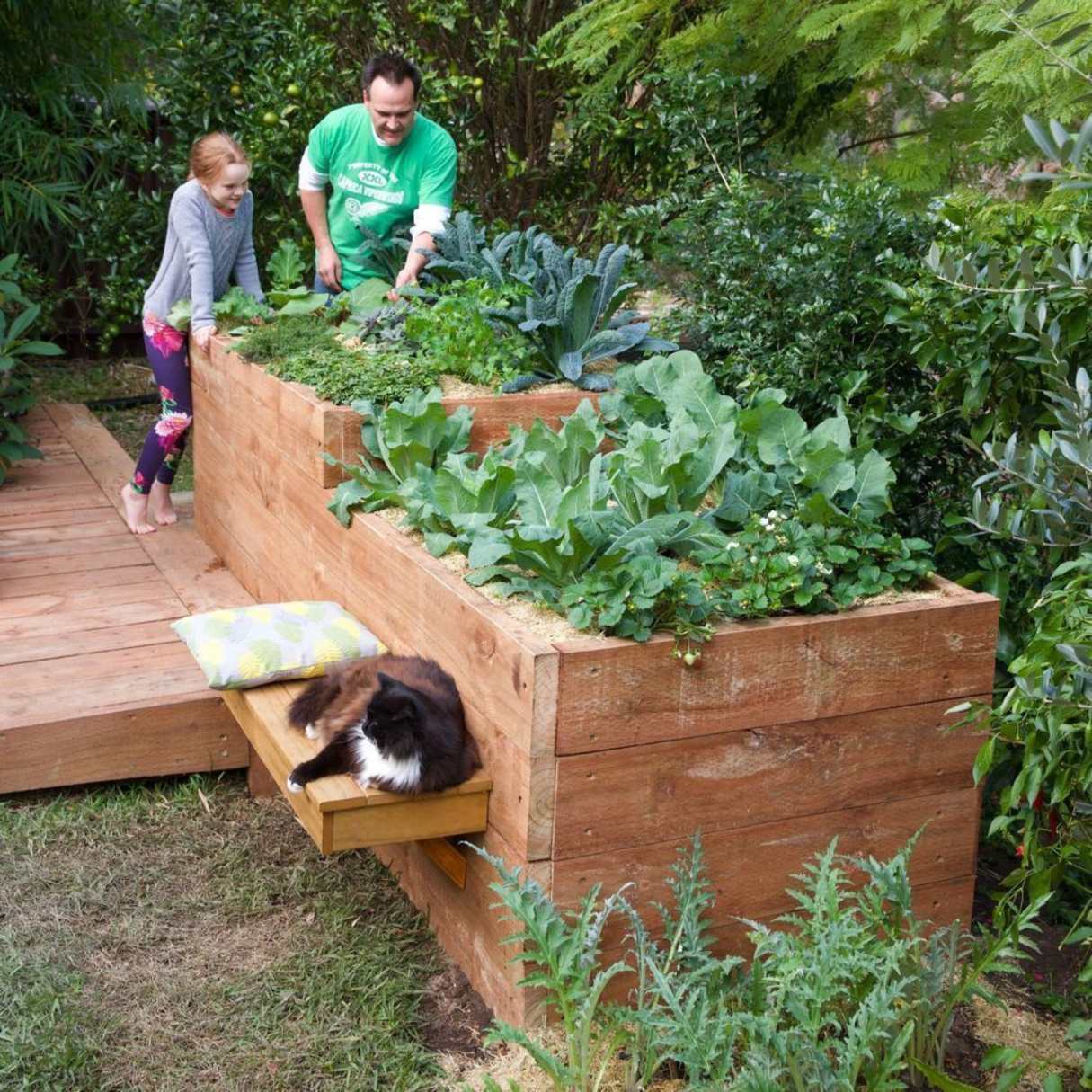
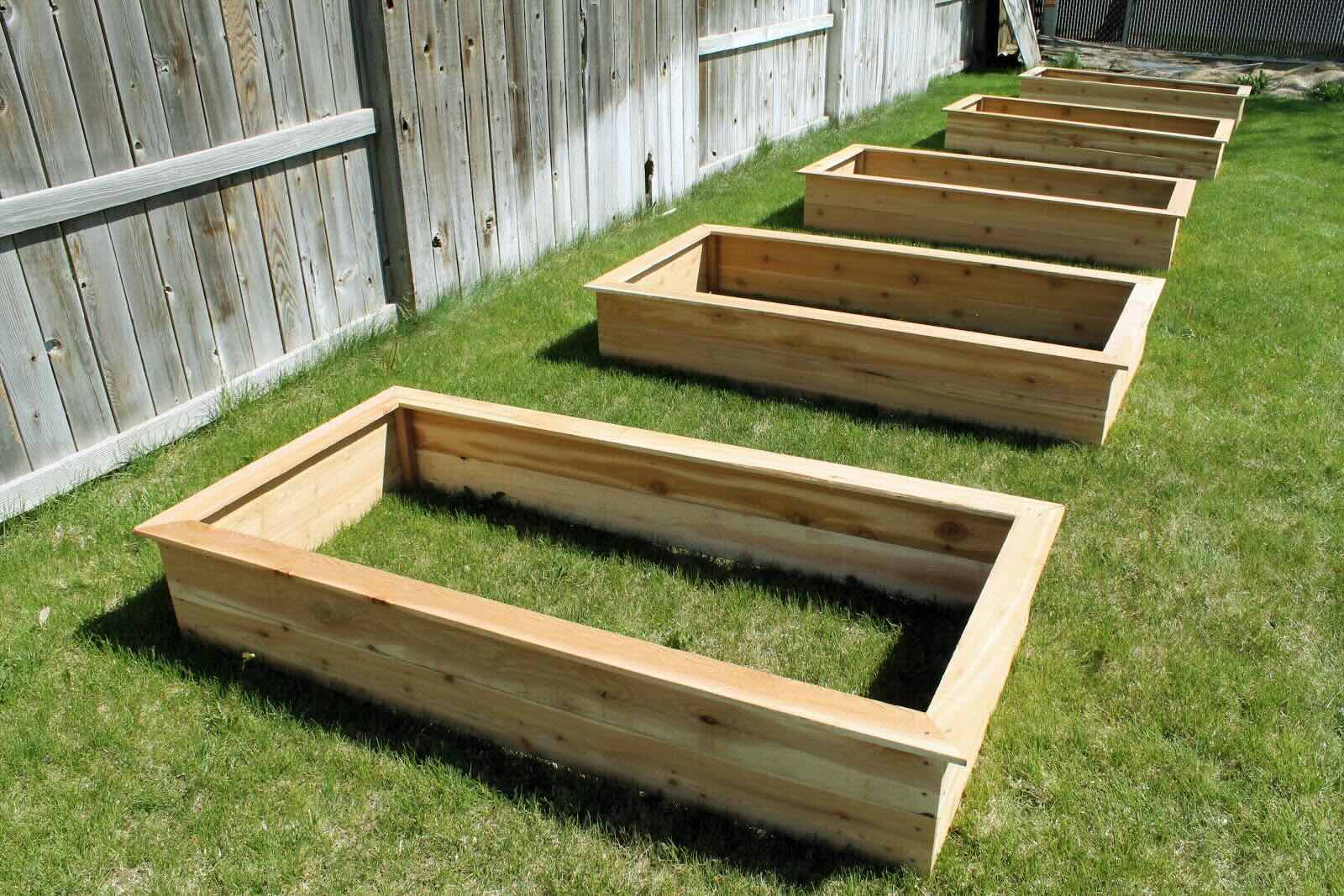
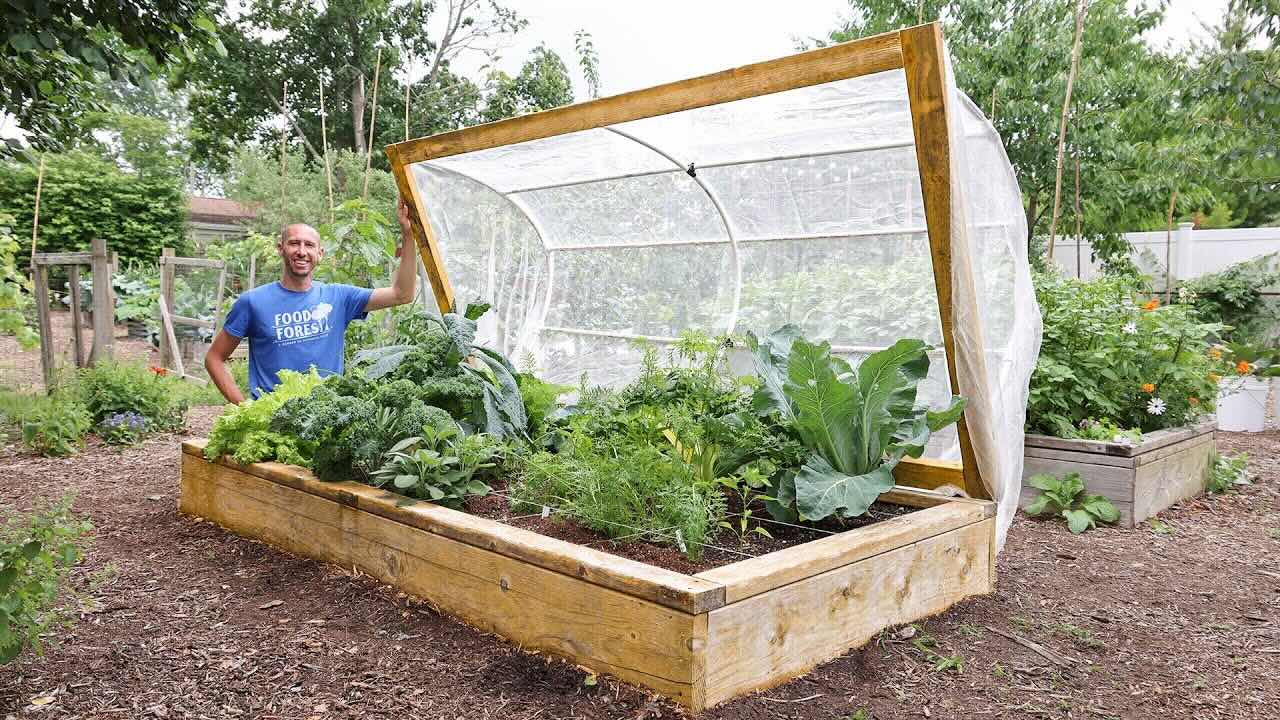
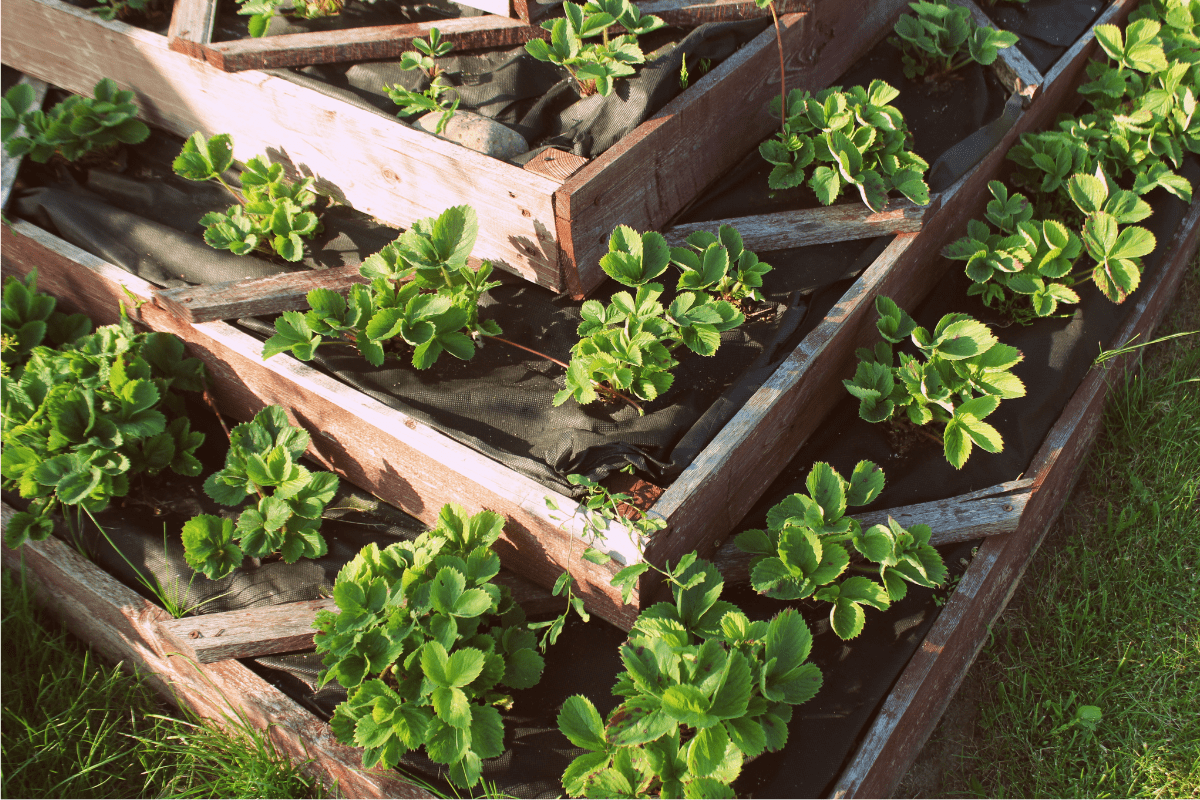

0 thoughts on “Why A Raised Garden Bed”